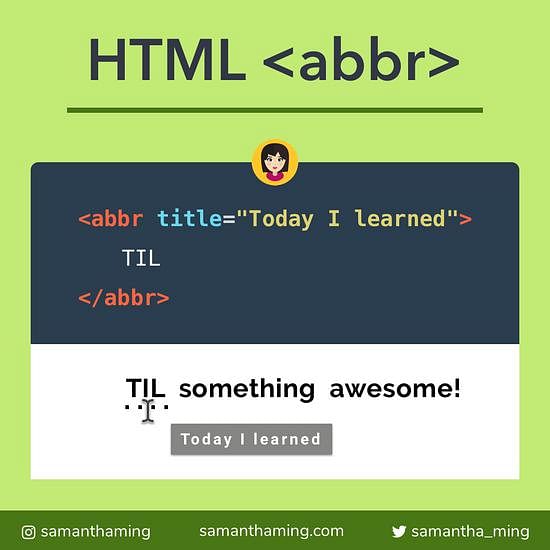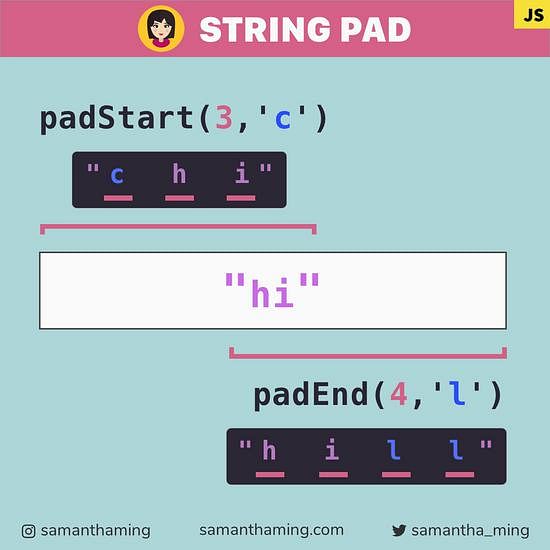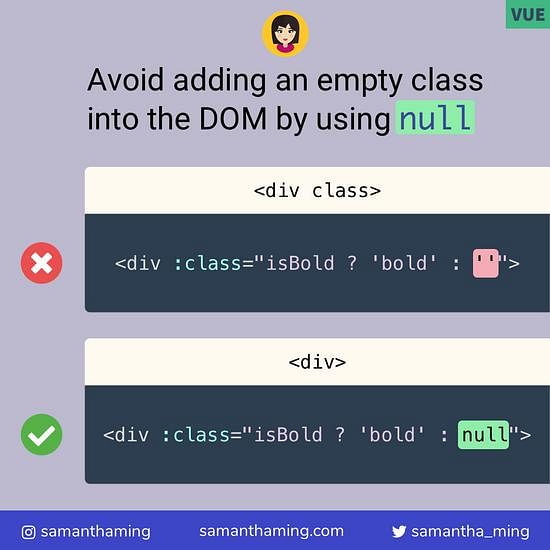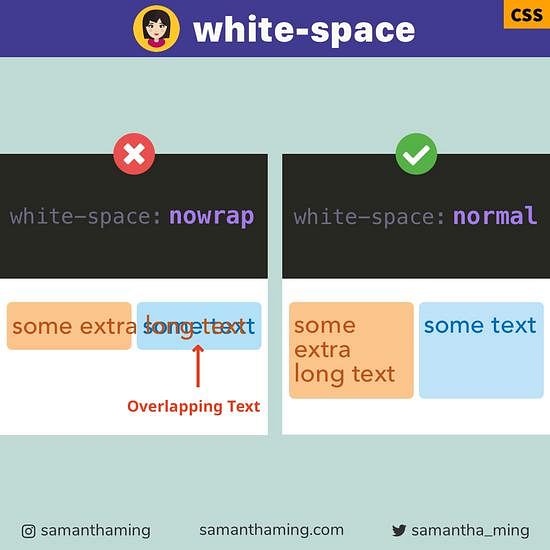# Pretty JSON Output
Tired of the one-liner JSON output, well no more! Utilize JSON.stringify built-in pretty printing. Set the 3rd parameter with your desired spacing level 👍 Bam, instant GLAM✨
const protein = { steak: '🥩', bacon: '🥓' };
JSON.stringify(protein);
// {"steak":"🥩","bacon":"🥓"}
JSON.stringify(protein, null, 2);
/*
{
"steak": "🥩",
"bacon": "🥓"
}
*/
# Tab Spacing 😉
But the Tab folks are like how about us?? Don’t worry, you can also pass "\t" for tab level spacing 😄
const protein = { steak: '🥩', bacon: '🥓' };
JSON.stringify(protein, null, '\t');
/*
{
"steak": "🥩",
"bacon": "🥓"
}
*/
# Understanding the "Space" argument
The 3rd parameter of the JSON.stringify is used to control the spacing. It's what gives you that pretty string output.
It allows 2 types of arguments: Number and String.
# a. Number
You can use any number from 0 to 10 as your indentation.
const protein = { steak: '🥩', bacon: '🥓' };
JSON.stringify(protein, null, 1);
/*
{
"steak": "🥩",
"bacon": "🥓"
}
*/
# b. String
Alternatively, you can use a string as your indentation. It allows a maximum of 10 characters. If you try to pass more than 10, it will just use the first 10 characters. So don't try to beat the system 😝
const protein = { steak: '🥩', bacon: '🥓' };
JSON.stringify(protein, null, 'I 💛');
/*
{
I 💛"steak": "🥩",
I 💛"bacon": "🥓"
}
*/
# What is the 2nd parameter 🤔
The 2nd parameter is also called the replacer parameter. You can use it to transform the result.
It allows 2 types of arguments: Array and Function.
# a. Array
I want to show you something really interesting when you pass in an array. You can use it to cherry pick the key-value pair that you want to output.
const protein = {
steak: '🥩',
bacon: '🥓',
pop: '🥤',
tea: '🍵',
shrimp: '🍤',
};
JSON.stringify(protein, ['steak', 'pop'], 2);
/*
{
"steak": "🥩",
"pop": "🥤"
}
*/
# b. Function
The replacer is called for each item. So you can also pass in a function. This means you can loop over each item and with each pass, manipulate with the logic defined in your function.
Here's an example, where I skip over the properties where the value is not a string. In other words, I only want to show the items where the value is a number.
const protein = {
steak: '🥩',
calorie: 271,
bacon: '🥓',
sodium: 58,
};
const replacer = function(key, value) {
if (typeof value !== 'string') {
return value;
}
return undefined;
};
JSON.stringify(protein, replacer, 2);
/*
{
"calorie": 271,
"sodium": 58
}
*/




